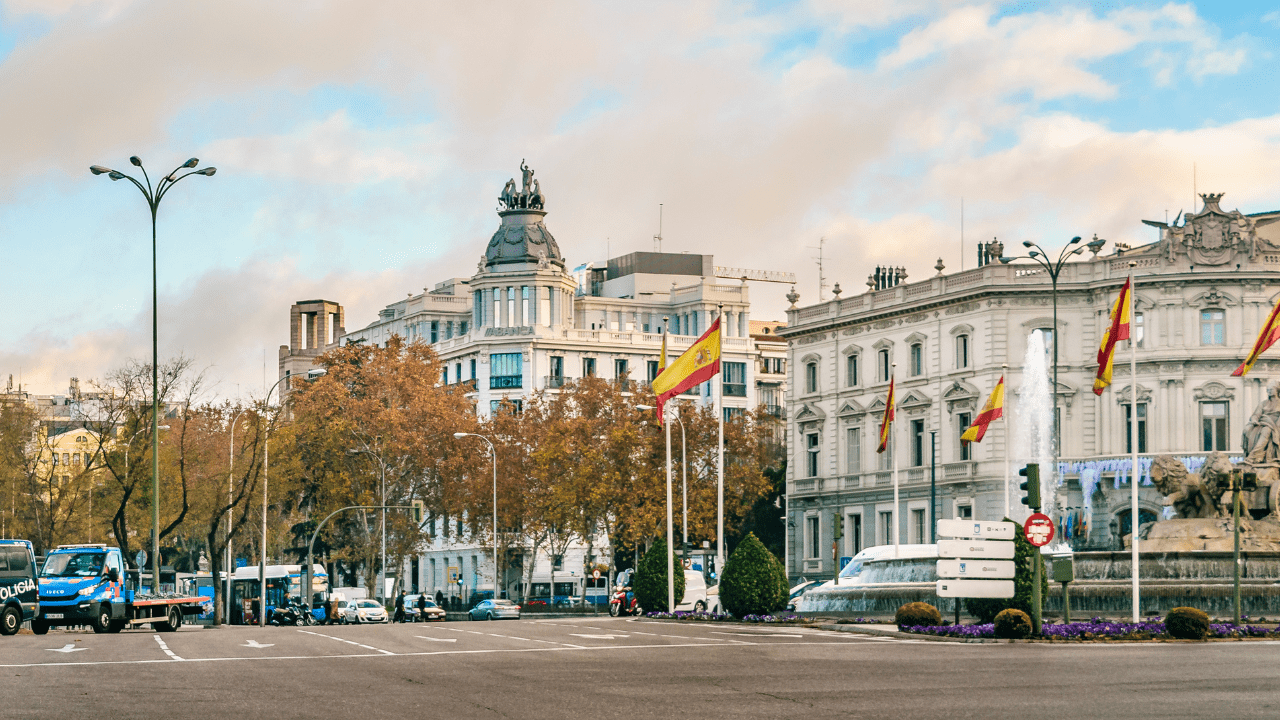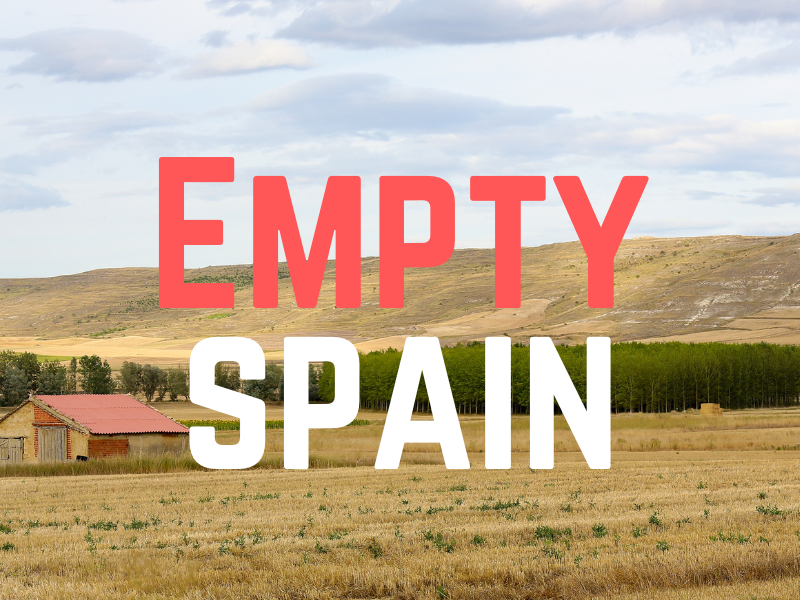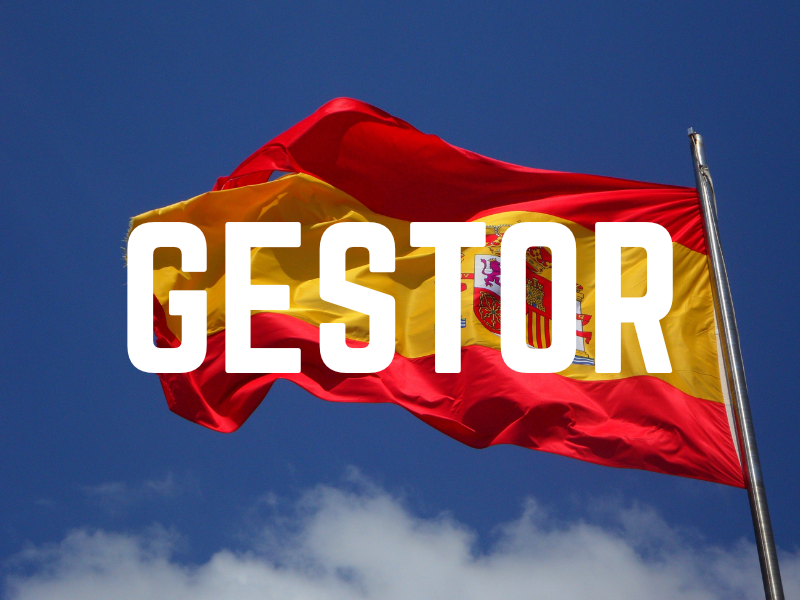Moving to Madrid? Where should you live?
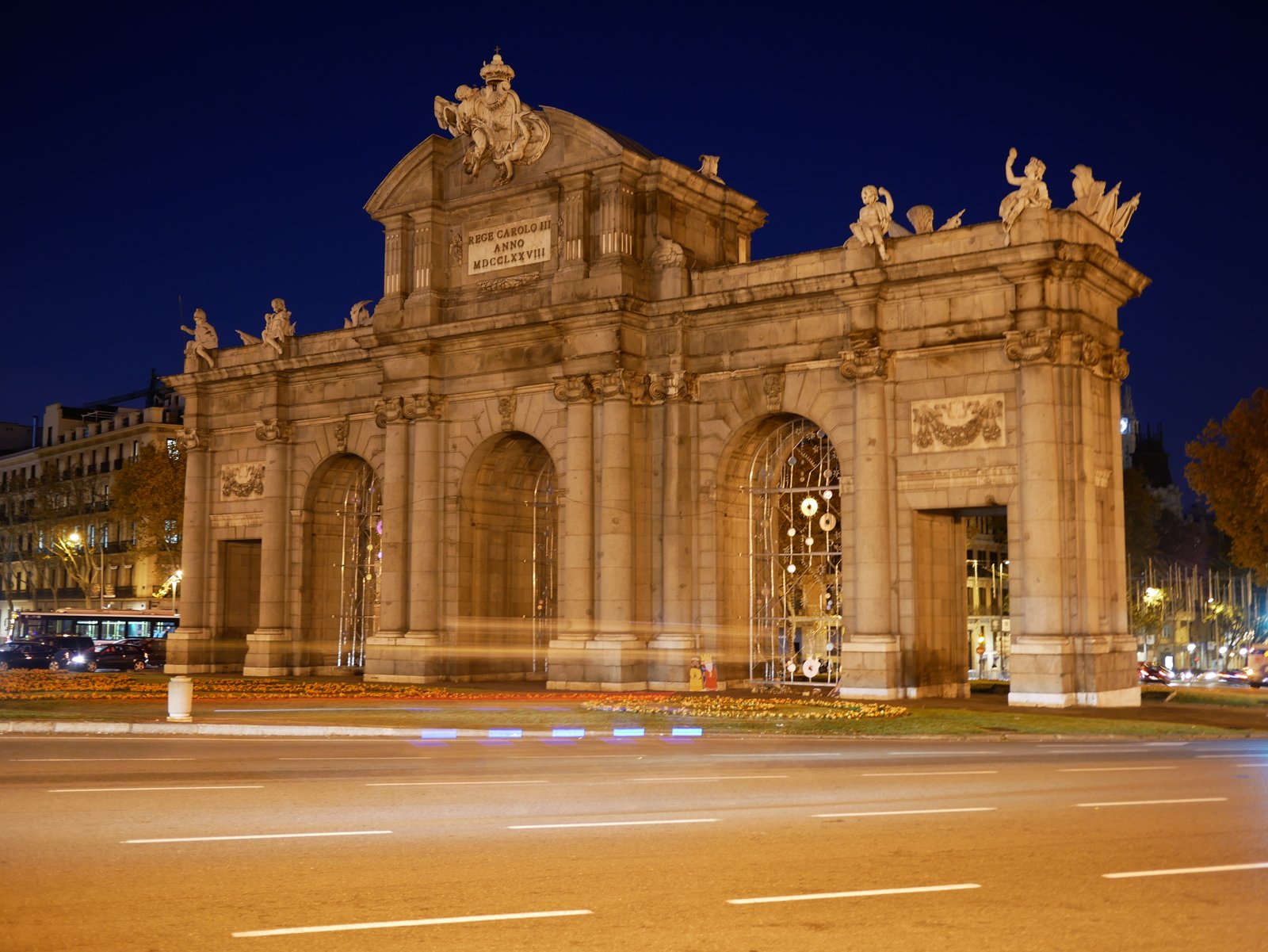
Are you thinking of moving to Madrid but are not sure in which neighbourhood you should live? In this article I give my opinion on where to live in Madrid according to you needs.
SPAIN’S CAPITAL OFFERS A LOT OF DIFFERENT OPTIONS
So, you are planning to come to Spain and live in Madrid.
Good news. Madrid is Spain’s biggest city and it is where all the actions happens.
Madrid has a great nightlife, vibrant restaurant scene, plenty of cultural activities, and, most importantly, it is a safe city to live in.
Yes, it is a SAFE city . I’ll elaborate more on this point later, so stay tuned.
But where are the best places to live? How do you choose the best ‘barrio’ for your needs?
The answer to these questions will depend on what kind of Madrid experience you are planning to have, and, of course, your budget.

MADRID’S LAYOUT
Firstly, we need to remember that Madrid is both a capital city and an autonomous region in Spain. It is both the political and business capital of the country.
The capital city has a population of around 3 million, and there are another 3.5 million living in the Madrid Community.
There are two ring roads – the M30 and M40 – and the majority of the city’s population live within these two ring roads.
If you are young and planning on enjoying Madrid’s lifestyle to the max , I suggest you look for a neighbourhood inside the M30.
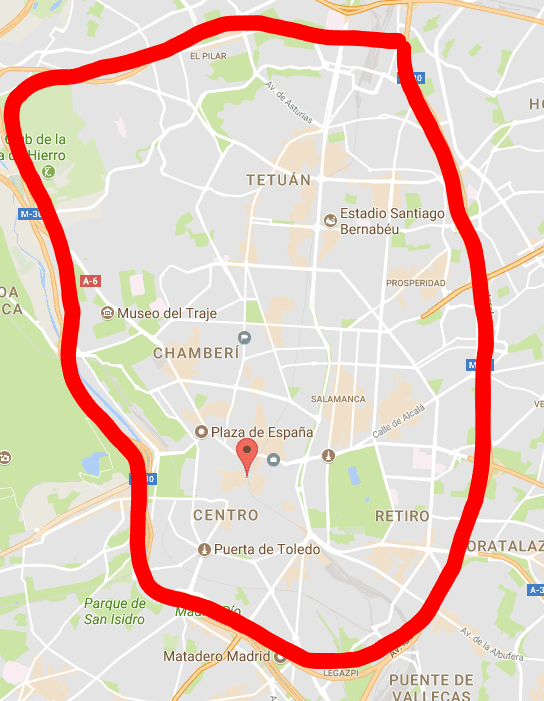
This is the part of the city with the best transport infrastructure, and it’s where everything happens.
My first flat in Madrid was in the Tetuán neighbourhood , and although the flat itself was a bit of a dump, I was able to get around the city easily either on foot or public transport.
It was also an area packed with great shops, bars and restaurants.
Madrid’s bus and Metro network is cheap and efficient.
The second area – in between M30 and M40, is also not a bad option but you will find it more residential.
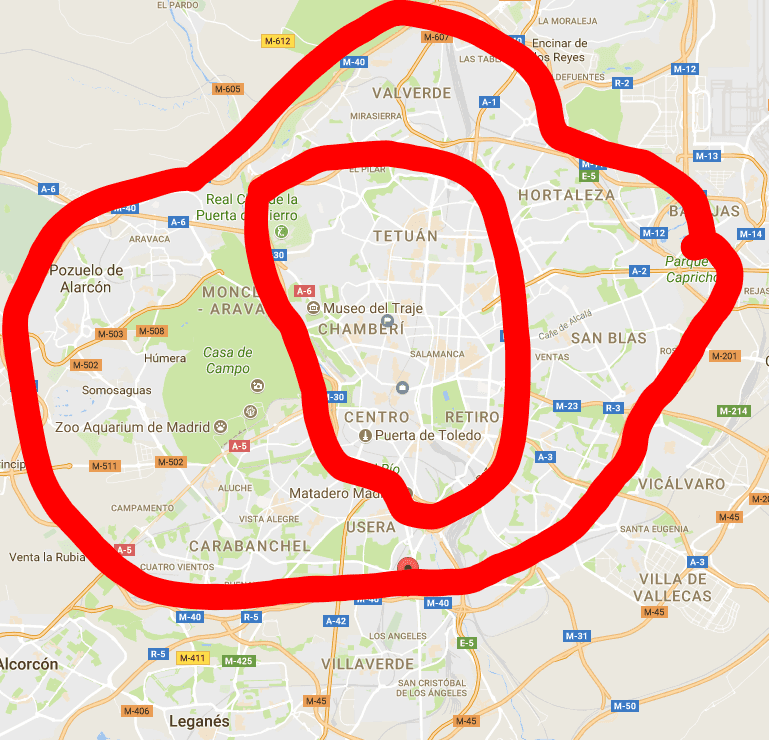
Here is a list of Madrid’s districts (the ones highlighted are inside the M30)

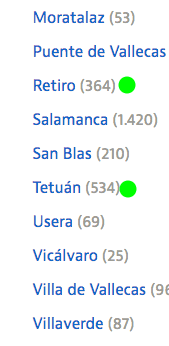
When I arrived in Madrid the only way to find a flat was to pound the streets or use a renting agency.
Nowadays it’s a lot easier thanks to websites like idealista.com or rentindicator.com
In fact, with sites like these you can avoid agencies altogether and save a little bit of cash. You also get a good idea of what the average prices are in each area.
MY FAVOURITE NEIGHBOURHOODS INSIDE THE M30
Based on the following criteria:
1. Location
2. Access to services
3. Transport options
4. Security
My favourite neighbourhoods in Madrid are:
1. Retiro
2. Chamberí
3. Tetuán
4. Arganzuela
MY FAVOURITE NEIGHBOURHOODS BETWEEN THE M30 AND M40
1. Hortaleza
2. Fuencarral
To be honest, there are not too many areas outside the M30 ring that I would choose to live in.
It is definitely going to be cheaper to rent a flat but your travelling times will increase substantially. You might even have to consider buying a scooter to get from A to B.
OUTSIDE MADRID CAPITAL
For the last 20 years we have been living about 20km from the centre in a city called Rivas-Vaciamadrid.
This is mainly because we wanted to live in a house with more space and a garden. And I don’t really like living in a flat.
The smaller cities around Madrid are the ones that experienced the biggest growth over the last 25 years.
Places like Rivas , Getafe, Pozuelo, Boadilla, Majadahonda, Las Rozas, Alcobendas, San Sebastian de los Reyes and Tres Cantos are vibrant residential areas, where a many people have moved to looking for a better quality of life and to raise their families.
Apartment blocks have swimming pools, outdoor areas for kids to play and sports facilities.
The downside of living in one of these areas is that if you work in Madrid city, your daily commute will be a lot longer and you might even need to buy a car to access basic services like supermarkets, pharmacies, etc.
At least that is what I had to do. When I lived in the centre of Madrid a car was not necessary but in Rivas it is almost fundamental.
But there is one thing that we have here that you can’t get in downtown Madrid…open spaces.
Madrid is a very urban city that is dominated by motor vehicles.
SOME PROS AND CONS
So here are some of the pros and cons of living in Madrid capital.
Pros
• Great public transport
• Don’t need a car
• Great variety of bars, restaurants and shops
• Vibrant streets and neighbourhoods
Cons
• Noise
• Pollution
• Very urban
• Lack of green spaces
• More expensive to rent
And here are some pros and cons of living in a surrounding area.
Pros
• Lots of open spaces to practice outdoor activities.
• House and flat sizes are bigger.
• More education choices if you have kids.
• Outdoor living space.
Cons
• More time on public transport or in traffic jams.
• Car needed to access basic services.
• Not a great variety of bars, restaurants, shops, etc.
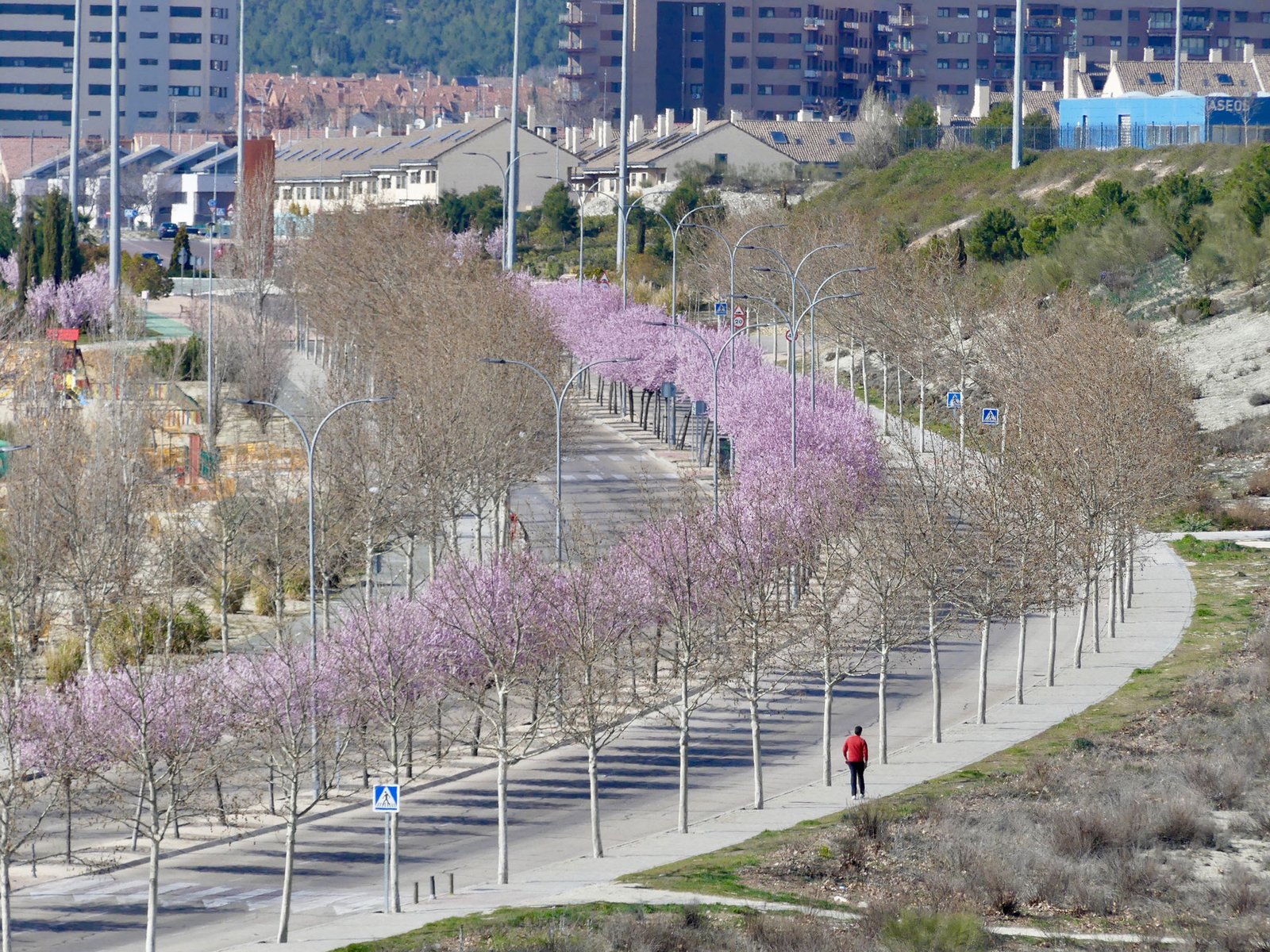
IS MADRID A SAFE CITY?
In general, Madrid is a safe city. Sure you might get you purse snatched or your wallet stolen if you are in the wrong place at the wrong time but that can happen in any big city.
In all the years that I have live here I – touch wood – have never had a problem.
In fact, I feel safer here than I do in some areas in Australia, especially when it comes to alcohol-related violence.
RELATED POSTS
View all
